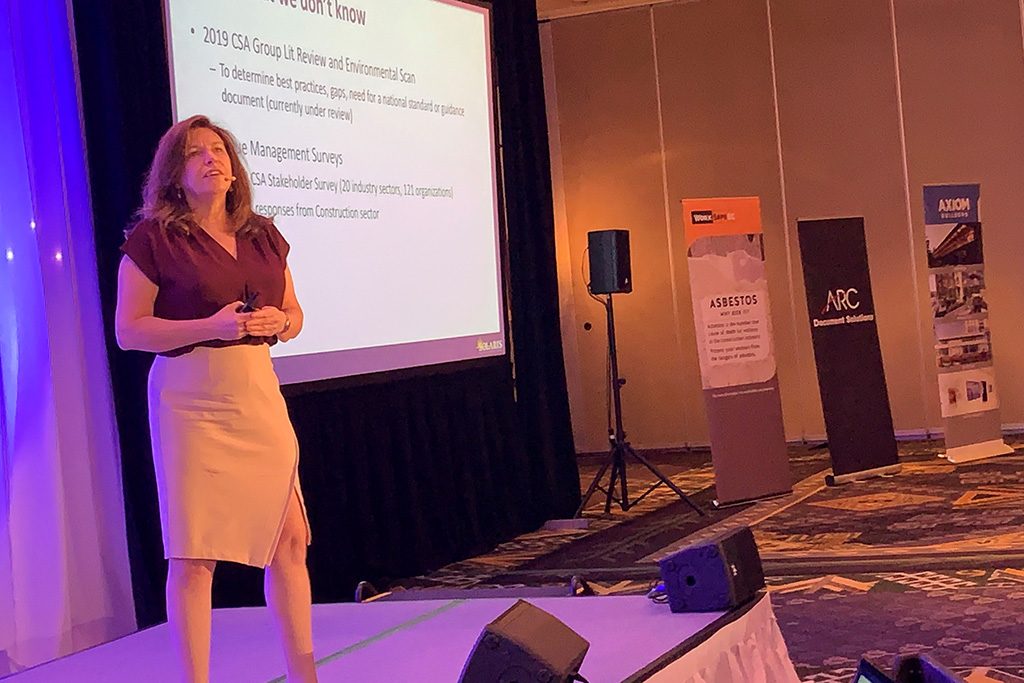WHISTLER, B.C. – A sleep expert is appealing to companies of all sizes to make workforce sleep habits a top priority.
Solaris Fatigue Management president Mike Harnett presented “Eyes Wide Shut: We Don’t Have a Fatigue Problem” recently at the Vancouver Regional Construction Association’s Construction Leadership Forum in Whistler, B.C.
“We need a minimum of seven to nine hours of sleep, and we have to consider the daily commute. Constant irregular sleep begins to resemble jet lag,” Harnett said.
Harnett said science has only recently discovered the benefits and purpose of sleep, and social norms and education have not kept pace.
“What we’ve finally realized through studies of sleep neurobiology is that the brain and the body are extremely productive during nighttime and it’s not just an innate state. Different repair modes are going on in terms of repairing our immune system, our brain in terms of cognitive processing, getting rid of the stress that’s in our world and being able to be more tolerant of the stress coming at us the next day,” Harnett said.
Strategies for combatting work-related fatigue vary depending on the size of the organization, Harnett said.
“Smaller organizations don’t often have the resources to bring in a well-rounded fatigue management approach so what we recommend to them is to start with the small stuff,” she said. “Maybe you can work with employees to better improve their own sleep hygiene or work with supervisors to identify what a sleep-related behavior is and what one should looking for,” she said.
Larger companies who have dedicated safety positions should manage fatigue, Harnett said.
“It’s not enough just to educate workers on how to get better sleep, it’s more about understanding how it impacts work activities and how companies manage when fatigue shows itself on the worksite. How do we identify it, measure it and manage it?” she said. “That all comes down to having organizational commitment at the leadership level.”
Tactical approaches to fatigue can chart out where people hit their fatigue threshold, she added, and “mitigate around it.” Wearable technology such as smartwatches, FitBits and biometric sensors in personal protective equipment (PPE) can also be used to see if people are suffering from fatigue.
Recently some companies in China have proposed a ‘9/9/6’ system where employees work from 9:00 a.m. to 9:00 p.m. six days a week. While the system is intended to produce a competitive advantage, Harnett said extended work hours have the opposite effect.
“This means a 72-hour work week for everyone, and it doesn’t make sense from a physiological and biological perspective. We’re going to be draining these people, they aren’t going to show up well rested and it’s going to cost organizations in means they never thought it would,” Harnett said.
By contrast Sweden has reduced the workday to six hours today with more productivity and less negative consequences, she said.
“We need to find some harmony in between that scenario. In Canada, we’ll still deal with work schedules that require overtime or less people doing longer hours but we need to manage the risk inherent in that,” Harnett said.
“When we have project work where a lot of times, especially in a situation where we don’t have enough labourers, we’re asking more and more of the employees and they’re will to give it especially if there’s a financial incentive,” she said. “The challenge is they aren’t going home and getting the sleep they require. They still have family obligations, commutes they have to factor in, exercise and socializing time. There’s so many things competing for every hour of the day, and they’re going to cut back on their sleep.”
Fatigue can come from intense physical or cognitive tasks. If someone is doing physically demanding work it strains the body’s resources and once fatigued people tend to take shortcuts, she said.
“If somebody is tired you’re going to notice that they’re dragging themselves and are more sluggish. They’re not going to use body mechanics to lift something or use some piece of equipment to help them, they’re just going to get the job done using whatever means possible. That usually means taking more shortcuts or taking risks associated with those shortcuts, all at the perception that it’s just more expedient, but the consequences can be quite tragic,” Harnett said.
Some employees may turn to sleep aids to compensate for fatigue, but Harnett said substances like alcohol, cannabis, prescription and non-prescription drugs are counterproductive and do not contribute to the restorative functions of a natural sleep cycle.
“They might help you sleep, but they destroy the sleep architecture. They impair not only sleep but performance the next day. So now you not only have tired employees, you have impaired employees,” Harnett said.











Recent Comments
comments for this post are closed